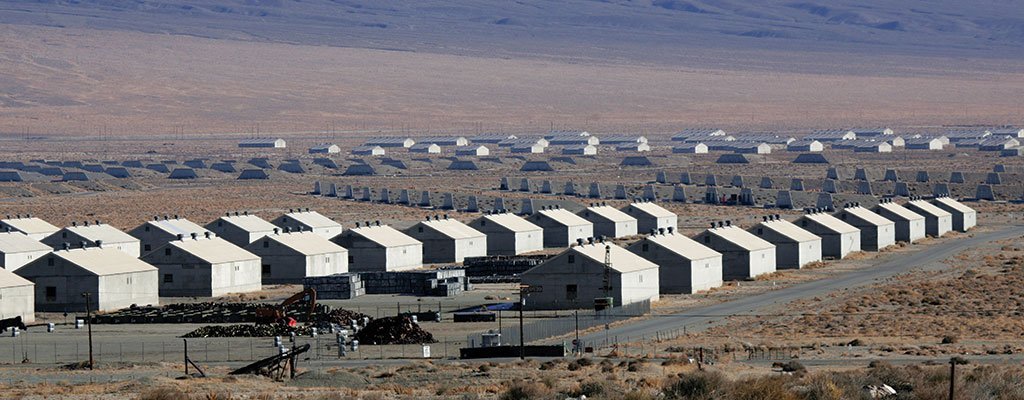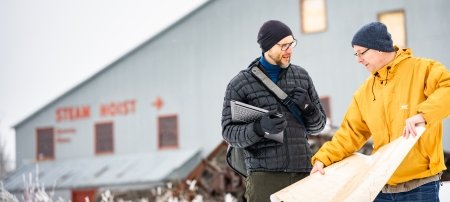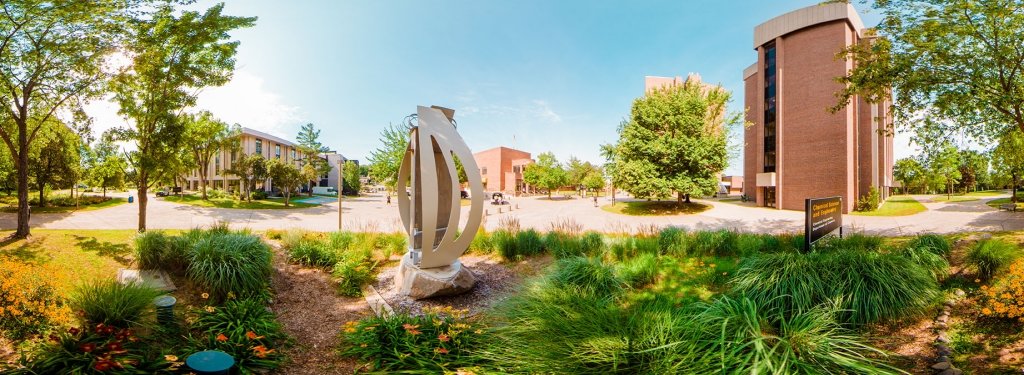Research in Brief: Explore short stories about the amazing work our researchers do at Michigan Tech every day.
Sound Science
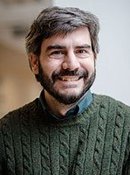
Michigan Tech researchers from the School of Forest Resources and Environmental Science (SFRES), the Department of Mechanical Engineering–Engineering Mechanics, and the Department of Visual and Performing Arts have joined together to bring natural sounds to the U.J. Noblet Forestry Building atrium. Using sound to create different feelings and awareness of the space, they’ve created a soundscape, a combination of sounds that form an immersive environment, an acoustic ecology. www.mtu.edu/forest
Cloaking Tech

Becoming invisible is no magic trick. Elena Semouchkina, an associate professor of electrical and computer engineering, and her graduate students have developed several novel approaches to making an “invisibility cloak.” Making objects invisible comes down to manipulating light, in other words, bending beams of light around an area to hide the object. Semouchkina and her team started beam bending with metamaterials—periodic structures comprised of metallic resonators, which can speed up electromagnetic waves. These structures, however, have drawbacks: the cloaking frequency band is narrow and they lose energy at the frequency shift from microwave to infrared range. Therefore, the group switched to all-dielectric structures made from either ceramic or chalcogenide glass elements. That helped to develop both microwave and infrared cloaks. Later, they proposed a new approach to cloaking objects by using multilayer coatings formed from ordinary dielectrics. The group is making new advances. They are working on incorporating photonic crystals in the media of cloaks to replace metamaterials and provide new opportunities for manipulating the light. www.mtu.edu/ece
Smarter Power

Wayne Weaver, an associate professor of electrical engineering, is working on smart power systems that use adaptive, predictive, and decision-making algorithms that can learn system behavior. These technologies allow reliable use of energy storage and renewables in small grids, and allow the power grid to grow through the ability to chain multiple microgrids together. This enables distributed control over a larger power network for vastly improved reliability of the power supply and significant fuel consumption reduction. www.mtu.edu/ece/research/current
Better Measurements, Better Research
In photography, artists say a bad photograph can’t be made better with digital manipulation. Filters don’t x blurry. In research, this also holds true for data. And quality data needs quality machines.
Several new acquisitions on campus are raising the bar. These instruments are improving our science, making research more accessible to students, and will especially enhance interdisciplinary research. Plus, no one has to fly out in a snowstorm or drive hundreds of miles to run analyses at other universities. People can come to us instead.
 High-Resolution Mass Spectrometer
High-Resolution Mass Spectrometer
Lynn Mazzoleni, Chemistry and Atmospheric Sciences
Get Detailed—analyze sensitive environmental samples, everything from infant tears to wastewater to peat pores.
 GLOS Buoy
GLOS Buoy
Guy Meadows, Great Lakes Research Center
Weather the Waves—through storms and sun, monitor the Straits of Mackinac, one of the most important stretches in the Great Lakes.
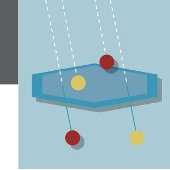 Transmission Electron Microscope
Transmission Electron Microscope
Stephen Hackney, Material Sciences and Engineering
Imaging Atoms—bombard materials with electrons and get atom-by-atom details of structures in batteries, nanomaterials, and atmospheric samples.
Michigan Technological University is a public research university founded in 1885 in Houghton, Michigan, and is home to more than 7,000 students from 55 countries around the world. Consistently ranked among the best universities in the country for return on investment, Michigan’s flagship technological university offers more than 120 undergraduate and graduate degree programs in science and technology, engineering, computing, forestry, business and economics, health professions, humanities, mathematics, social sciences, and the arts. The rural campus is situated just miles from Lake Superior in Michigan's Upper Peninsula, offering year-round opportunities for outdoor adventure.



